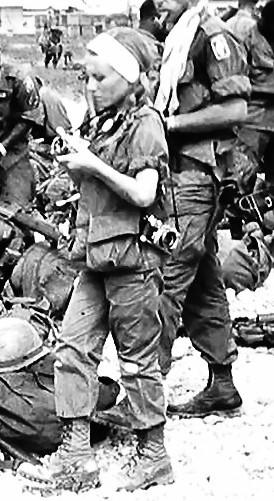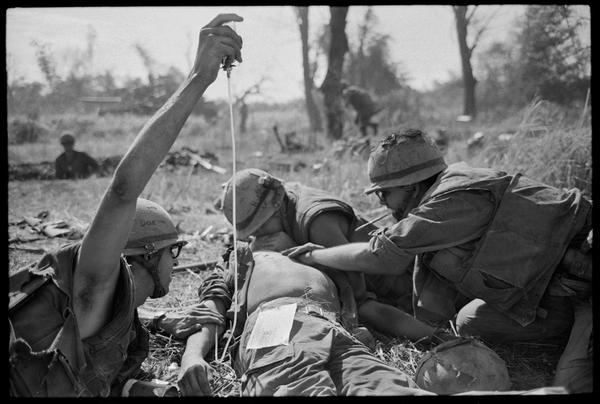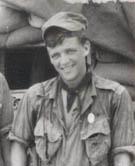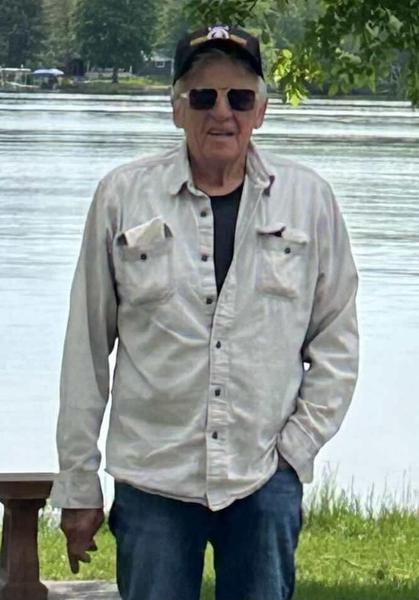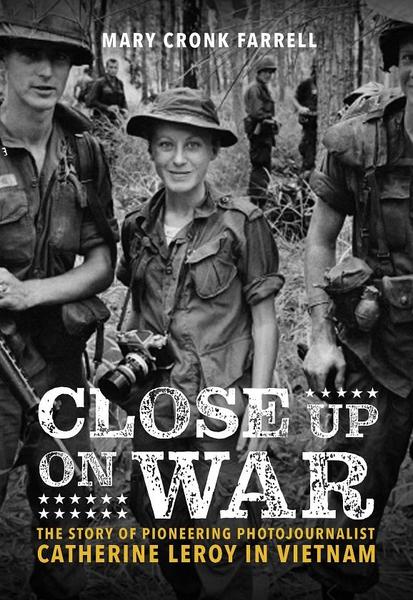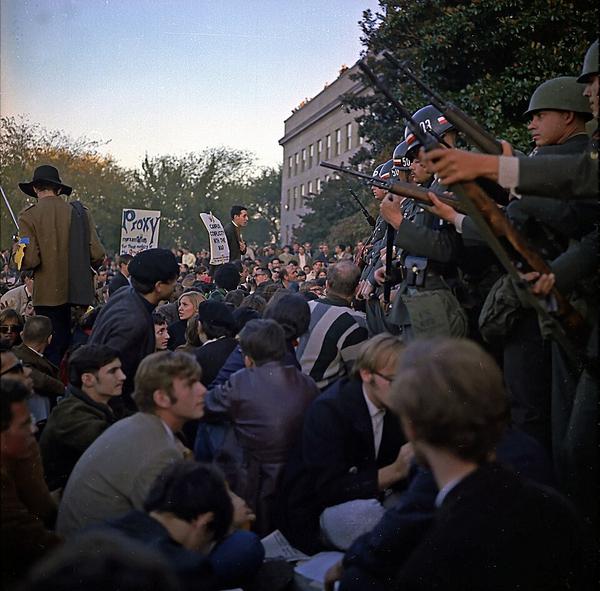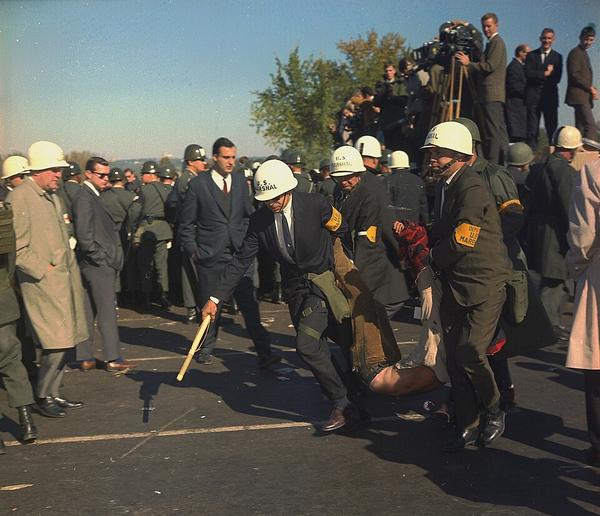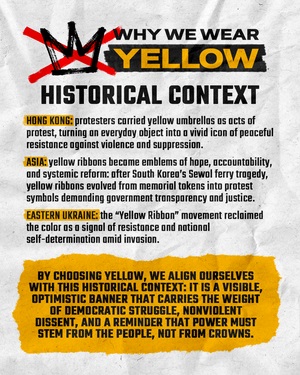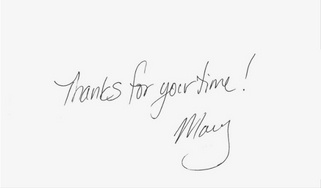October 17, 2025 Hello , This week I heard a story about one day in the life of Catherine Leroy, a combat photographer in Vietnam. It will tell you more about her character than the tens of thousands of words I wrote in my book about her. I had the great privilege of speaking with a US Marine who met Cathy in 1967, in the Demilitarized Zone around Cồn Tiên after the single worst day in Marine Corps history. "I looked for her for 50 years," the battle-hardened marine told me. "She impressed me so much. And for me to say that, that’s a big deal." That's today's feature story below. But in light of the No Kings nationwide event tomorrow, I bring your attention to the upcoming anniversary of the 1967 March on the Pentagon. One of the first massive demonstrations against the Vietnam War happened 48 years ago on October 21, 1967. In my News and Links section at the bottom, see details and photos of that historic protest. Now, back to Operation Buffalo, a battle during the Vietnam War that inflicted more casualties on the Marine
Corps than did their famous island-hopping victories in the Pacific during WWII... ...and the part Catherine Leroy played in that historic battle.
In the spring of 1967, Catherine headed to the hottest spot in Vietnam, catching a military plane north to Dông Hà, a US Marine combat base and airfield just south of the Demilitarized
Zone (DMZ) between South and North Vietnam. She returned to Saigon numerous times to shower and drop off film at the Associated Press Office, but spent so much time in the field, she called the men "my marines."
Combat Photographer Catherine Leroy, circa 1967. She caught a helicopter headed to battle May 17th. Cồn Tiên rose from the countryside, a barren, bulldozed plateau barricaded by barbed wire, artillery embankments, sand-bagged bunkers
and defensive trenches. Below is one of the many photos she took as the fight ratcheted up, the marine battalion battling north from Cồn Tiên to the DMZ, Golf
Company pinned down, unable to advance, Catherine with them.
US Marines treat one of their wounded near Cồn Tiên, DMZ, May 19, 1967. (Dotation Catherine
Leroy)
Sometime in the afternoon the day Catherine took this photo, a mortar shell exploded near her. Flying shrapnel ripped into her body. Only the cameras she had strapped around her neck protected her chest and saved her life. After surgery and recuperation on a hospital ship, Catherine was back with the marines in time for Operation Buffalo. That's when the 22-year-old photographer crossed paths with 19-year-old, Marine Corporal Larry Miller.
Recent losses in his unit had been so heavy, he was the only Forward Observer left. I was an E4 corporal," he said, "and it was stressful doing an officer’s job, taking coordinates, determining what round to fire,
what spotting round, etc."
At 19, USMC Forward Observer Larry Miller was facing an
officer's responsibilities during combat at the DMZ. (Photo courtesy of Larry Miller & The History Network) The First Battalion, Ninth Marines’ Alpha and Bravo Companies launched Operation Buffalo, July 2, 1967, the sweep in the area north of Cồn Tiên turned in an ambush by the North Vietnamese Army, making it the single worst day for Marines in Vietnam: 84 dead, 190 wounded, nine missing. The battle lasted
13-days with all the worst aspects of war—body mutilation, trench warfare, massed artillery. In the blazing heat and choking dust they were targeted by snipers and under constant threat of ground attacks. Thousands of American men faced thousands of Vietnamese. Total Marine casualties for the operation were 159 killed, 845 wounded and 1 missing. "Operation Buffalo—that was bad," Larry told me. "That was the end of the world....Dead bodies came in on the
tanks, they'd been dead for three days...." "I looked her [Catherine] in the eye and she
looked me in the eye. She was so cool. She went over and set her camera down, her
notebook down, and she came over and we started taking bodies off the tanks. I don’t think we even said a word. She helped me unload the dead bodies all day." That day Larry didn't even know Catherine's name, but he never forgot her.
Recent photo of Larry Miller, courtesy his daughter Amber Miller. "UPI, Time, Life, [photographers] they didn’t do shit," Larry said. "[Catherine] didn’t back up a bit. She was a little
bitty girl. She wasn’t a marine. She wasn’t trained. You can’t train for that shit anyway." Larry told me he'd kind of lost his faith in humanity and that
day, he got it back. "I wondered for years what happened to that little French girl. I thought of her from time
to time."
I'm grateful his daughter Amber Miller helped Larry look for information one more time and found my book. Like me, he was distressed when he discovered she'd died at age 62. He had always hoped to reconnect with her.
Like my article today?
I've written some of my most powerful stories ever this year, but have lost subscribers since I became critical of the policies of this Republican Administration. Thanks! ❤️
Sources Author interview with Larry Miller, 10/15/25 Close-Up On
War by Mary Cronk Farrell https://www.historynet.com/my-war-larry-miller/
In one of the first major national protests against the Vietnam War, more than 100,000 people rallied in the warm autumn sun near the Lincoln Memorial in Washington, D.C. on October 21, 1967. It was a significant escalation of the anti-war movement and 25,000 American troops had been deployed to Washington D.C. Later in the day, about 50,000 protestors broke away and marched across the Potomac River to the Pentagon.They were met by soldiers of the 82nd Airborne Division who formed a human barricade blocking the
Pentagon steps to prevent access to the building.
Members of the military police keep back protesters during their sit-in at the
Mall Entrance to the Pentagon (US Army - NARA)
For the full story on protestors who gained entry to the Pentagon, clashes between demonstrators and troops, arrests and injuries during the protest that went on through the night, read this New York Times article.
Washington D.C. Anti-Vietnam Demonstration. U.S. Marshals bodily remove one of the protesters at the Pentagon, October 21, 1967. (U.S. National Archives and Records
Administration) He served in the “Old Guard” of the United States Army in 1967 and 1968. He was assigned to the outer defensive line at the Pentagon, directly confronting the army of civilians who had come to pressure the government to end the war. "For several months before the Pentagon event," Rudin writes, "we troops in the Old Guard were continually hectored by our non-commissioned officers to believe that antiwar protests in general were essentially unpatriotic, anti-American activities. At morning formations, they’d tell us that the protest leaders coming to Washington were “commie agents” supplied with guns and ammo, being sent in
on chartered buses paid for by the Russian K.G.B." Here's the information again on the nationwide No Kings event tomorrow. See if there's a rally in your area. Or just click the link for a
shot of hope and joy when you see the US map showing all the rallies!
Follow me on social media
This newsletter is a reader-supported publication. To support my work, consider becoming a paid subscriber.
Read
a great book? Have a burning question? Let me know. If you know someone who might enjoy my newsletter or books, please forward this e-mail. I will never spam you or sell your email address, you can unsubscribe anytime at the link below. To find out more about my books, how I help students, teachers, librarians and writers visit my website at www.MaryCronkFarrell.com. Contact me at MaryCronkFarrell@gmail.com. Click here to subscribe to this newsletter. |
|
|

